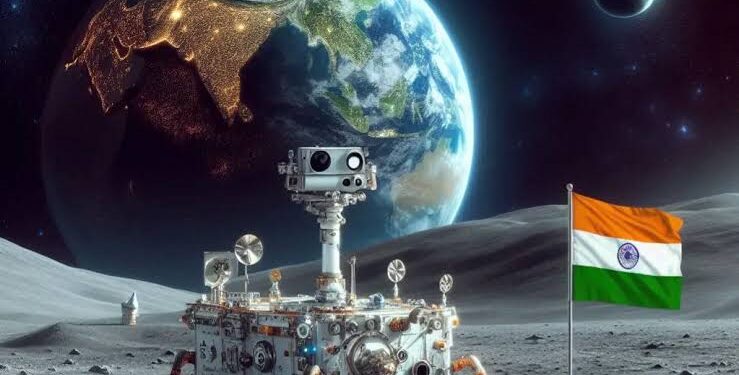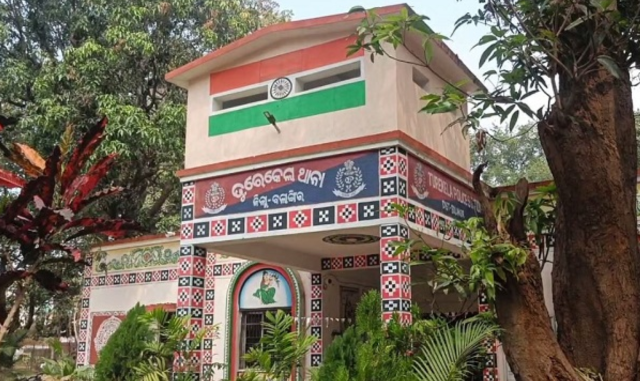On National Space Day, India unveiled a bold roadmap for its future in space exploration, with Prime Minister Narendra Modi and ISRO Chairman V. Narayanan outlining an ambitious series of missions that will define the next two decades.
The Indian Space Research Organisation (ISRO) announced plans to launch Chandrayaan-4, a Venus Orbiter Mission, and establish a fully operational Bharatiya Antriksh Station (BAS)—India’s very own space station—by 2035. In a significant leap, the country also aims to conduct its first Moon sample return mission by 2040, positioning itself among the world’s most advanced spacefaring nations.
Speaking at the event, ISRO chief Narayanan stated that the first BAS module is scheduled for launch by 2028. He also revealed that development for a Next Generation Launcher (NGL) has been approved, reinforcing India’s push into advanced orbital capabilities.
Prime Minister Modi, addressing scientists and students, praised the nation’s recent achievements. “Achieving new milestones in the space sector has become the nature of India and Indian scientists,” he said. Referring to India’s historic landing at the Moon’s south pole, he noted, “Just two years ago, India made history… now, we must look even deeper into space.”
He also reflected on a proud moment when Group Captain Shubhanshu Shukla hoisted the Indian tricolour aboard the International Space Station, describing it as “beyond words.” Modi used the occasion to invite young Indians to join India’s emerging astronaut corps, saying, “We are preparing our own astronaut pool—this is your chance to give wings to India’s aspirations.”
The Prime Minister highlighted progress in semi-cryogenic engines and electric propulsion, and applauded youth-focused initiatives like the Indian Space Hackathon and Robotics Challenge, aimed at cultivating the next generation of innovators.
National Space Day, now celebrated annually, not only commemorates India’s past milestones but also sets the course for its future—one filled with advanced space technology, deeper exploration, and global leadership in space science.




























